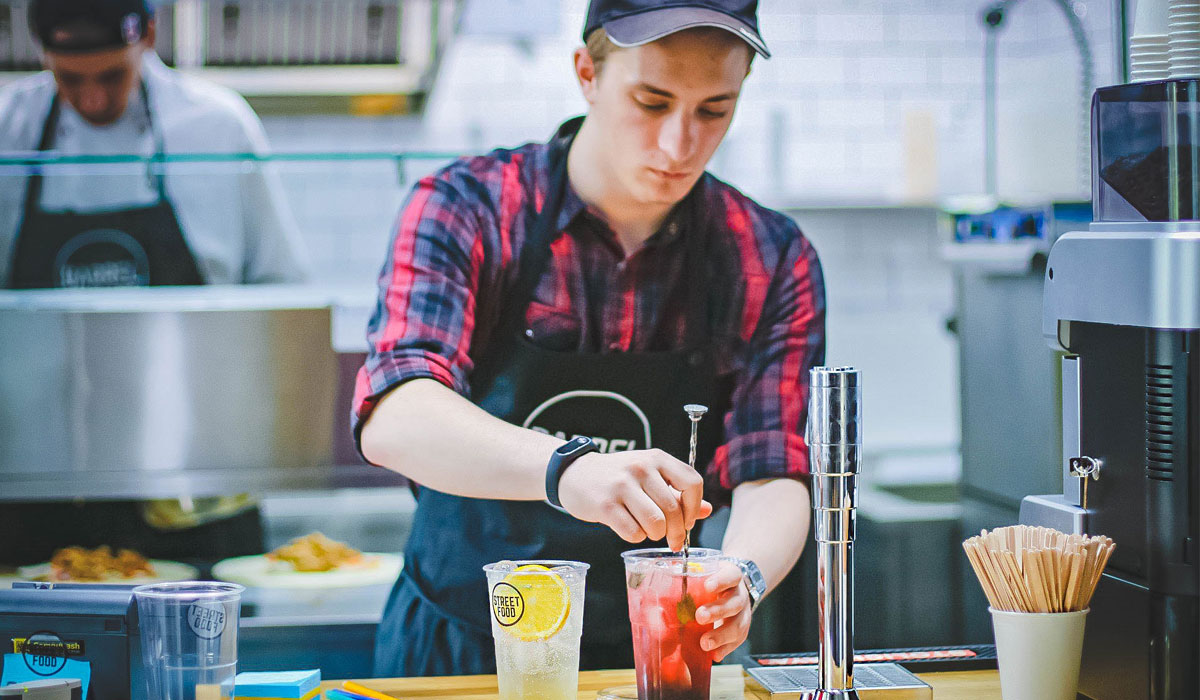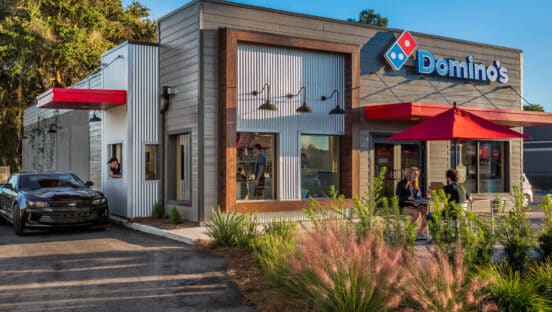As the coronavirus pandemic rips through the U.S., people are doing their part to keep everyone safe, including through social distancing, abiding by local curfew laws and following shelter-in-place orders. While these adjustments are a necessary evil, it is wreaking havoc on small businesses, with quick-service and fast-casual restaurants in particular taking a major hit. Many have closed their doors for the unforeseeable future—going from an atmosphere of joyful conversation and laughter to complete silence. It’s devastating not just for these small businesses, but for their communities.
The restaurant industry already works off slim margins, and now COVID-19 has forced many restaurant owners to seek outside capital to stay afloat. Indeed, since the World Health Organization declared the coronavirus a pandemic, my company Lendio, a small business loan marketplace, has seen loan requests from the restaurant industry jump to $121 million in a seven-day period, a 55 percent increase compared to the same time period the previous week in which $77.9 million was sought.
To help stay afloat through these trying times, here are some ways restaurants can drum up funds.
1. Turn to your community
There has been a huge outpouring from communities looking to support their favorite small businesses. Don’t shy away from asking for assistance, including gift card purchases (Kabbage, an automated lending platform, is enabling any business to sell gift certificates online through a new website). Offer take-out from your establishment, if you can, and don’t forget to order from your favorite local joints in return. Consider starting a virtual donation tip jar or asking the community to buy merchandise from your restaurant. Deploy messages through your customer email list, social media or local news media to garner support.
2. Get creative
Focus on unconventional ways to generate revenue. Some restaurants have turned to pop-ups, food trucks and catering. Others are offering their bartenders, servers and cashiers the opportunity to be drivers for deliveries (vs. depending on third-party services).
There are also ways to build brand awareness, so when you do open, your dining room will be full. Consider hosting Facebook Live events, cooking up a menu item and providing the recipe to viewers or working with influencers for exclusive, private dinners in which they can document the experience on social media.
3. Look for free cash
More than 99 percent of businesses are defined as small businesses, according to the SBA. Because they are the backbone of our economy, organizations are looking to help small businesses through this difficult time.
For instance, Facebook is offering cash grants and ad credits to businesses that use their services. So, if your restaurant advertises on the social media platform or Instagram, you qualify.
There are community-relief funds in some areas and local grant options are also popping up. Stay up to date on these opportunities by setting a Google alert for terms like “coronavirus and grants,” so the latest information can be delivered to your inbox. Crowdfunding may be an option, too.
4. Consider a loan
The SBA announced its Small Business Administration’s Economic Injury Disaster Loan to help small businesses. If you have healthy finances, a good track record, experienced a “blip” as a result of the coronavirus and in an area declared a disaster, you may qualify. You can seek up to $2 million in funding, and the capital can be used to cover expenses or payroll or to pay off fixed debts. Unfortunately, many restaurants and bars will not qualify for the SBA loans the government will offer, because they are considered too risky.
I and others in the small business lending industry, are encouraging SBA guarantees for non-bank lenders to provide additional resources to these types of businesses. At the time of this writing, Senate Republicans have reached a deal for a coronavirus funding package which includes $300 billion for small businesses. Loans under the structure of this bill would be forgiven if businesses maintain their payrolls. Additional uses of funds would include mortgages and paid sick leave for employees.
5. Ask for better terms
Look for ways to renegotiate terms with business partners.
If you have a line of credit with your vendors, see if they will decrease the interest rate or increase the payment window.
For your current lenders, see if more flexible options are available, including an increase in your credit line or reducing your interest rate.
6. Implement cost-saving measures
Now may be the time to see where you can trim some of the fat. Look at where you are accruing expenses. Are there platforms or apps you really don’t use? Should you reevaluate your food supplier or your beer distributor? Can you cut down on supplies?
Another option is using credit card points for business purchases.
Plan ahead
Hindsight is 20/20 and no one could have predicted the coronavirus pandemic or the implications it would have on the economy, but if there is a lesson learned from this crisis it’s to, if you can, have a rainy-day fund.
Consider building savings into your budget and treating it like a monthly expense to build up a reserve. So, when emergencies come up, you can dip into it as needed. I’d recommend aiming to set aside six months of operating expenses.
Restaurants are the crutch of the community. The novel coronavirus is testing the industry in ways we have never experienced before. What worked in the past may not work today, but one thing is certain: it is critical to evolve in order to adapt to this new normal.
Brock Blake is the CEO and founder of Lendio, the nation’s leading marketplace for small business loans in the U.S. Brock believes that access to capital should be simpler and quicker for small business owners, and he’s built a successful company around solving this problem. Brock leads a team that has facilitated over $2B in capital through more than 100,000 loans to small businesses to date








